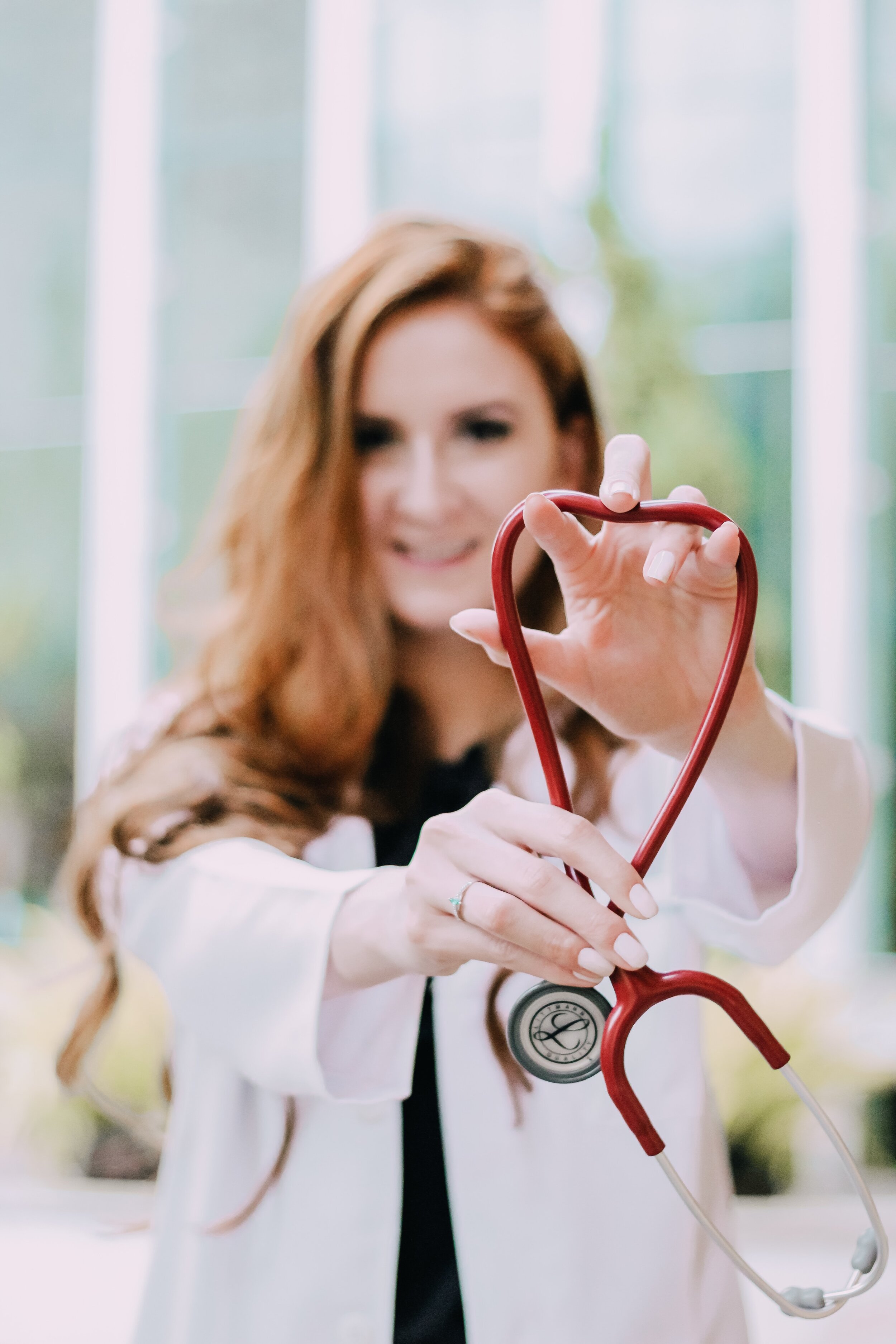Signs and Symptoms of Stroke
Learn Your Risk Factors and How to Recognize Stroke Symptoms FAST
May is National Stroke Awareness month so it seemed like the perfect time to discuss signs and symptoms of stroke and bring attention to such a prevalent disease. Sadly, stroke is the number 5 leading cause of death and disability in the United States affecting almost 800,000 people a year. The good news is that 80% of strokes are preventable and we continue to make advancements in stroke rehab and care.
What are the Types of Stroke?
It’s important to note that not all strokes are created equal. There are 3 types of stroke and each has different warning signs. All strokes have one thing in common: a loss of blood to part of your brain.
Ischemic Stroke
The most common type of stroke accounting for about 87 percent of all strokes is Ischemic stroke.
An ischemic stroke occurs when a clot or mass blocks a blood vessel. This is usually caused by a fatty substance called plaque that collects in your arteries and cuts off blood flow to the brain.
There are two main types of ischemic stroke:
Thrombotic strokes: Caused by a blood clot that forms in an artery that supplies blood to your brain.
Embolic strokes: Happen when a clot forms somewhere else in your body and travels through the blood vessels to your brain. You're more likely to have an ischemic stroke if you:
Are over age 60
Have high blood pressure, heart disease, high cholesterol, or diabetes
Have an irregular heartbeat
Smoke
Have a family history of strokes
Transient Ischemic Attack
Ischemic strokes also include something called a Transient Ischemic Attack, or TIA. Often referred to as a “mini stroke”, this is not something to take lightly or ignore. If you suffered a TIA, it is likely that your body was sending you a warning sign that a full blown stroke may be brewing. Make health changes now! TIA’s cause a temporary blockage in blood flow to your brain. The symptoms typically resolve within the first 24 hours.
Hemorrhagic Stroke
A hemorrhagic stroke is less common and makes up about 13 percent of stroke cases. A hemorrhagic stroke occurs when there is bleeding in the brain. This can be caused by a weakened blood vessel, falling and hitting your head, excessive high blood pressure or an aneurysm. When there is blood on the brain, nearby cells can be damaged.
There are 2 types of hemorrhagic strokes.
Subarachnoid hemorrhage: the bleeding happened between the skull and the brain
Intracerebral hemorrhage: the bleeding happened inside the brain
Hemorrhagic stroke symptoms tend to come on more gradually than ischemic and get progressively worse.
Some things that can happen include:
Changes in vision
Intense headache “the worst of your life”
Nausea / vomiting
Sensitivity to light
Passing out
What are Risk Factors of Stroke?
A stroke can happen at any time, but if you have any of these risk factors below, your chances of experiencing stroke are more likely.
1. Lifestyle Risk Factors
Smoking
Inactivity with little exercising
Excessive drinking
Being overweight
Using drugs like methamphetamine's and cocaine
2. Genetic Risk Factors
Having a family history of stroke
Gender. Statistically, more men have strokes than women
Taking birth control or other hormone-related therapies
Race. African Americans have a higher risk than other races
3. Medical Risk Factors
High blood pressure
Atrial fibrillation or other heart conditions
Diabetes
Sleep apnea
Symptoms of Stroke
The American Heart Association has come up with an acronym B.E.F.A.S.T. to help remember signs and symptoms. It is important to be able to recognize any of these as soon as possible. The quicker you realize you are having a stroke, the quicker you can receive medical attention and the better your chances are at recovery.
B.E.F.A.S.T.
B - Balance
Are you having trouble walking, experiencing unsteadiness, dizziness or decreased coordination?
E - eyes
Are you having trouble experiencing double vision, blurry vision or loss of vision in one or both eyes?
F - Face
Is there a drooping on one side of your face with or without numbness? Smile. Is it uneven?
A - Arm
Raise both arms. Does one seem weak or unable to move normally? Are you experiencing numbness on one side of your body?
S - Speech
Are you having trouble talking? Are you having trouble understanding? This could be sudden slurred speech, difficulty producing words or non sensible speech. Try to repeat a simple phrase.
T - Time
Call 911 as soon as you experience symptoms. Even before calling your primary care doctor or waiting for someone to bring you. Time is extremely important for better outcomes.
How to Reduce your Risk of Stroke
Reducing your risk of stroke must start by minimizing your risk factors. Of course we can not change our age or genetics, however we can make healthier lifestyle choices and be more active. As always, consult with your physician for recommendations and medications as needed. They may suggest these additional tips:
Quit smoking
Reduce sodium intake to manage hypertension
Reduce cholesterol intake to manage high cholesterol
Exercise more and monitor dietary choices to manage diabetes
Manage obesity by losing weight with a healthy diet and exercise






